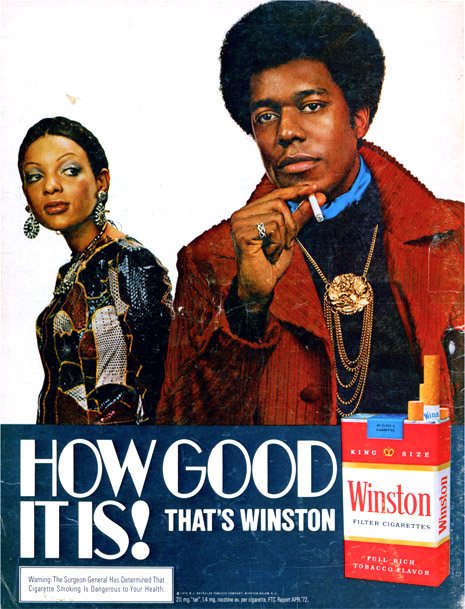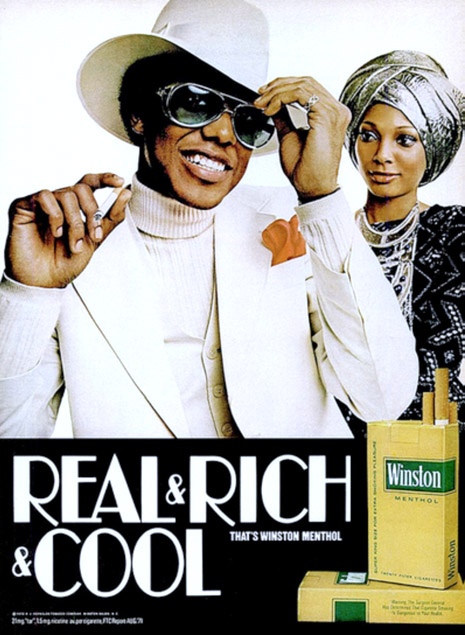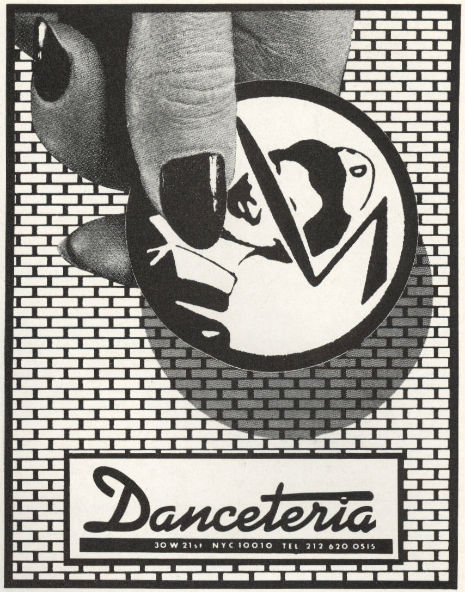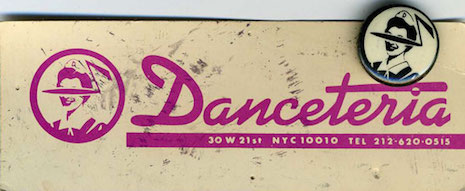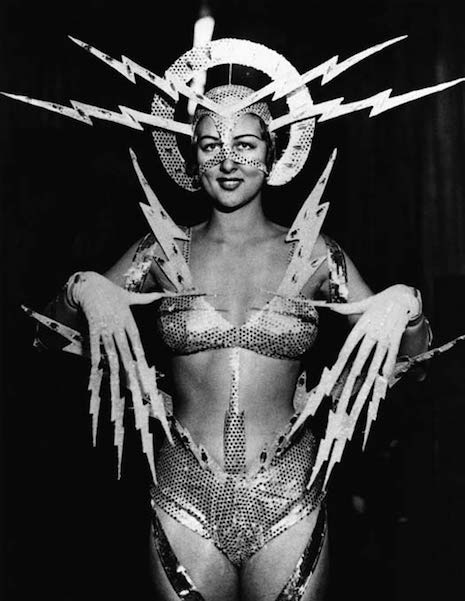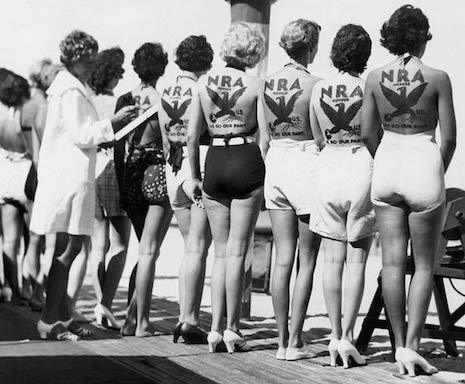
In 1986 the well-nigh un-Google-able musical outfit known as The The, the thinking person’s dance band formed by English musician Matt Johnson, released its second or third album, depending on whether you want to include Burning Blue Soul, which came out in 1981 as a Matt Johnson release but which the headstrong singer later requested be reclassified as a The The release so that his devotees could find them on the same CD shelf in stores. The new album was called Infected and could boast of a rather unusual promotional gimmick. At the height of MTV’s clout in the music world, The The released a series of videos that covered the entire album. (How did nobody else think of this?)

According to Billboard, the movie had a budget of $500,000 and shooting occurred in London, New York, Peru, and Bolivia. The directors included Tim Pope, Peter “Sleazy” Christopherson, Alastair McIlwain, and Mark Romanek. This was an impressive group—Christopherson, of course, was a co-founder of Throbbing Gristle; McIlwain was an animator who had worked on the movies Pink Floyd: The Wall and Heavy Metal; and Tim Pope had directed a bunch of videos for the Cure and was also the “helmer” responsible for videos by Talk Talk, Soft Cell and Siouxsie and the Banshees as well as the medieval-ish video for “The Safety Dance” by Men Without Hats. Romanek’s resume in 1986 was the thinnest of the bunch but he won a bunch of awards for videos in the 1990s for Nine Inch Nails, En Vogue and Madonna and eventually broke into feature film, directing the critically lauded Robin Williams vehicle One Hour Photo and the Kazuo Ishiguro adaptation Never Let Me Go.
Be that as it may, how Johnson was able to secure a $500,000 video budget (in 1986 dollars) for a musical act that then, now, and at all points in between was something of a connoisseur’s fave strikes me as an incredibly impressive bit of persuasion on his part. Additionally, the article noted that promotion for the album would include “the The video nights at rock clubs in 30 major cities in early December.” Anyone reading this ever attend such a thing?
That Billboard article features a rare instance of a non-errant triple “the,” which I’m guessing came about as the result of a bar bet between journalist Jim Bessman and a colleague. Here’s a shot of that hot syntactical action (see the top line):

After wordplay geekery of such elevated quality, describing anything about the movie itself hardly seems worth the bother, which isn’t a dis on the movie. Infected: The Movie (IMDb calls it The The: Infected) doesn’t have a plot or any over-arching themes or narrative elements: it’s just eight videos that cover the eight songs on the album. During the part of the shoot that occurred in eastern Peru, a local Indian guide introduced Johnson to some of the hallucinogenic substances used in their rituals.
According to Wikipedia,
The video for “Mercy Beat” captures a scene where during filming the crew were attacked by a rally of Communist rebel fighters, angry at the appearance of what they considered Western intruders. Johnson confirmed that the scene was genuine and unscripted, and admitted that at the time he was “so high”, recalling the madness that had ensued: “Someone produced a snake which I was grappling with, and I hate snakes. A monkey bit me, and then me and this guy, who I’d only just met, cut each other and we became blood brothers, rubbing blood over each other’s face, stuff like that.”
The video for “Slow Train to Dawn” features Neneh Cherry, who also appears on the track, tied to a railway line while Johnson operates the train bearing down on her. Pope, director of that video, later said, “I hate that one. It’s pretentious and kind of stupid.” (He’s got a point.)
Posted by Martin Schneider
|
10.15.2015
11:11 am
|



















